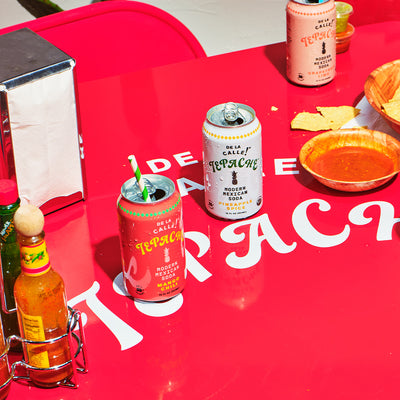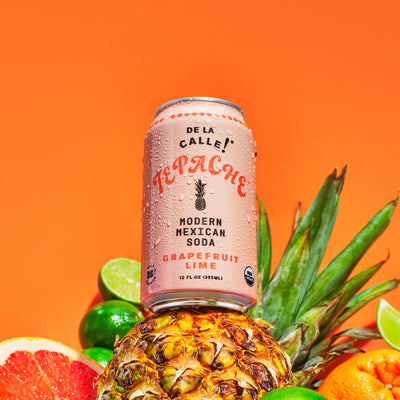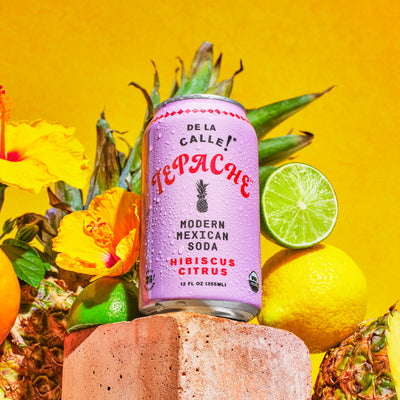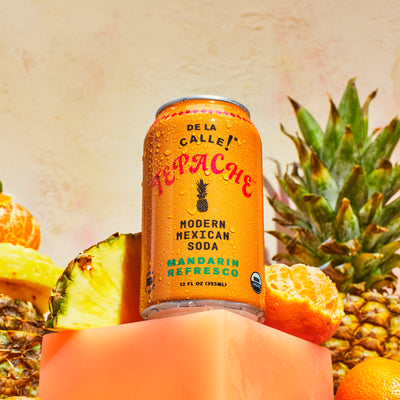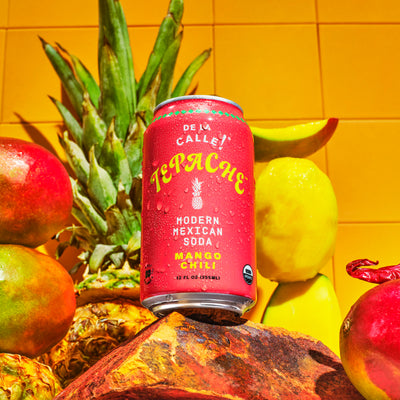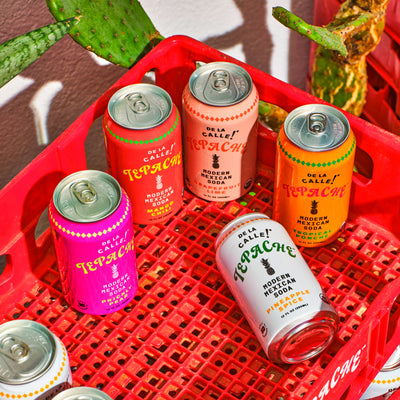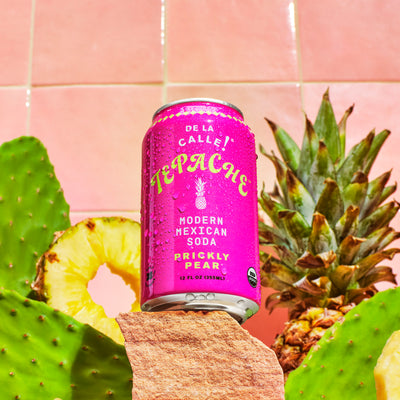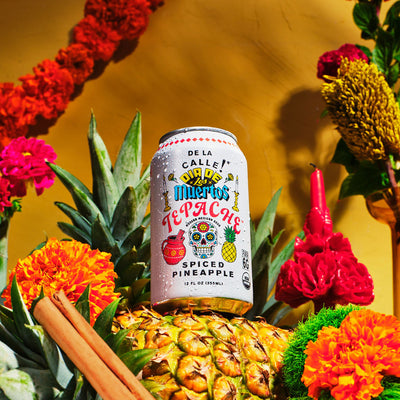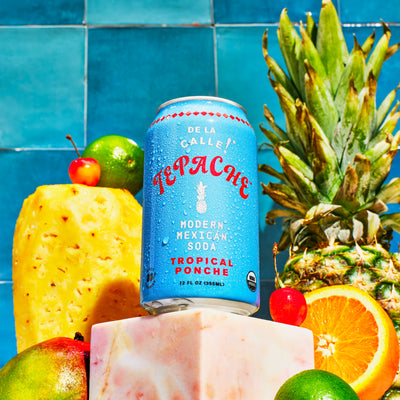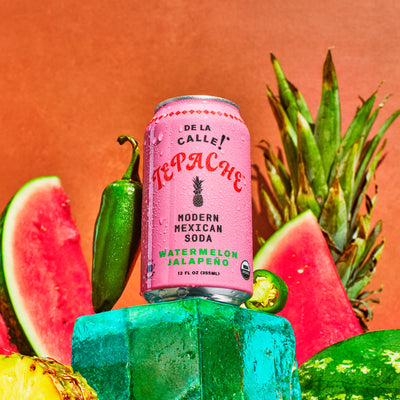Probiotic Foods Help With Your Digestive System and Keep You Safe

Even if you aren’t familiar with the term “probiotic,” you’ve likely had a probiotic food or beverage before. Recently, probiotics have become all the rage in the health food world, and for good reason. Probiotic foods offer several incredible health benefits that we’ll take a look at in this article!
What Are Probiotic Foods?
Before we get to the benefits of probiotics, let’s answer the simple question, what are probiotic foods? The term probiotic refers to the beneficial microorganisms that are found in probiotic foods. Oftentimes, these microorganisms are bacteria or yeast that offer several health benefits. Although there are several types of probiotic bacteria, the two most common strains are Lactobacillus and Bifidobacterium.
Every human body is full of bacteria. While we usually talk about the bad bacteria that cause infection and illness, there are also several hundreds of species of good bacteria that you need to keep you healthy. Although scientists are still trying to understand exactly how probiotics work, it is thought that they help maintain a healthy balance between the good and bad bacteria in your gut.
Probiotics vs. Prebiotics
Usually, probiotics are talked about in conjunction with prebiotics. Even though they sound similar, there is a large and important difference between the two. Probiotics, as previously mentioned, are beneficial bacteria that you need to maintain a healthy gut. Prebiotics are foods that are high in fiber and can serve as fuel for probiotic bacteria.
Given that our bodies cannot digest most types of fiber, it moves through our body undigested and enters the colon. Once in the colon, the fiber becomes food for probiotic bacteria. Without this food source, the prebiotic bacteria would die. For this reason, it is crucial to incorporate both probiotics and prebiotics into your diet.
Synbiotic Foods
Sometimes foods have both probiotic and prebiotic qualities. In these instances, the foods are known as synbiotics, given that they provide both the bacteria and its food source. Synbiotic foods are ideal because they make it easy for the beneficial bacteria in your gut microbiome to thrive.
Health Benefits of Probiotic Foods
Given that probiotic foods and beverages contain beneficial bacteria, they have several important health benefits. This section will take a look at three of the impressive benefits of probiotics.
Help Your Digestive System
Probiotic foods give your digestive system a boost by helping increase the number of good bacteria in your gut. This can make it easier for your body to process and break down foods and create stool that is easy to pass. When there is a bacterial imbalance in your gut, you might experience painful symptoms such as bloating, gas, and skin irritation.
Additionally, most probiotic foods and beverages are made through fermentation. Given that the process of fermentation naturally breaks food down, probiotic foods are easier to digest and can therefore move through your digestive system faster.
Fight Off Bad Bacteria
Another benefit of probiotic foods is that they can help your body fight off bad bacteria. The term “bad bacteria” refers to all of the bacteria that are responsible for bacterial infections such as food poisoning, strep throat, and UTIs. Given that microorganisms must compete with one another for space and nutrients in the gut, the more good bacteria there are, the better chance your body has of killing off the bad bacteria by depriving it of space and nutrients.
There is also research that suggests that probiotics may provide new approaches for disease prevention and treatment. Some of the diseases that probiotics may be able to treat include allergies, eczema, and viral infections.
Probiotics can also help restore a healthy bacterial equilibrium in your gut after taking antibiotics. Although antibiotics are supposed to only kill bad bacteria, they often end up killing both good and bad bacteria in your gut. For this reason, it is especially important to incorporate probiotics into your diet when you are taking antibiotics so that the bad bacteria are not able to flourish again after you stop taking the medication.
Improve Mental Health
Although more research is needed, this is a known link between gut health and mental health due to the “gut-brain axis.” It is thought that an unhealthy gut may be the cause of symptoms of depression and anxiety in some people. For this reason, probiotic foods that support a healthy gut microbiome might be able to help relieve symptoms of mental illness.
How Can I Incorporate Probiotics Into My Diet?
Now that you know a bit more about probiotics and their health benefits, you might be wondering how you can incorporate them into your diet. Luckily, several probiotic foods and beverages are easy to make at home and delicious!
Tepache
Tepache is a fermented drink made from pineapple rinds and flavored with sugar, cinnamon, and a wide variety of spices and fruits. First made in pre-Columbian Mexico, the recipe for tepache has been passed down orally from generation to generation, and, consequently, many different variations exist.
Tepache has the carbonated texture of soda or beer and a light, citrusy flavor. Although it is delicious on its own, it also makes the perfect addition to several cocktails. As previously mentioned, tepache has both prebiotic and probiotic qualities, making it a synbiotic beverage.
Yogurt
An easy way to start your day with prebiotics is to incorporate yogurt into your breakfast. Yogurt is made from milk that has been fermented by good bacteria. Although yogurt is made from dairy products, people who are lactose intolerant may be able to eat it, given that some of the lactose in yogurt is broken down into lactic acid.
When buying yogurt, make sure to read the label to ensure that the kind of yogurt you are buying has live probiotics, sometimes referred to as active or live cultures.
Tempeh
Tempeh is made from fermented soybeans and is usually sold as a patty that has a flavor similar to that of a mushroom. When soybeans are fermented to make tempeh, the nutritional value of the beans increases for two reasons. First, the amount of phytic acid in the soybean decreases. Phytic acid usually inhibits the absorption of minerals, so less phytic acid facilitation more mineral absorption.
Also, fermentation produces vitamin B12, which is usually only found in meat and dairy products. For this reason, tempeh is a desirable food for vegetarians and vegans.
Pickles
Pickles are a beloved condiment and snack in many countries. They are made from cucumbers that are pickled in a saltwater solution. The lactic acid bacteria that are naturally present in cucumbers allow them to ferment in the solution and gives them their distinct sour taste. Although pickles are great sources of probiotics and vitamin K, they tend to also be high in sodium.
Cheese
Certain types of cheese, such as Gouda, mozzarella, cheddar, and cottage cheese, contain active bacterial cultures. Contrary to popular beliefs, cheese is actually nutritious when consumed in moderation. Cheese is a source of probiotics, protein, calcium, vitamin B12, phosphorus, and selenium.
Other Standout Fermented Foods
If you’re loving all these foods that have gone through the fermentation process and you’re looking to incorporate even more into your diet, there are tons of them out there. Sample fermented vegetables like sauerkraut and kimchi (both of which are often cabbage) as a side dish, or try other probiotic beverages like kombucha and kefir.
Foods with probiotic qualities don’t even end there—you can also find probiotics in miso soup, sourdough bread, and even traditional buttermilk.
Conclusion
There are countless health benefits of probiotic foods and beverages. Most notably, they help your digestive system and protect your body against bad bacteria. If you want to incorporate probiotic foods into your diet, you can try making a probiotic beverage like tepache at home or simply incorporate foods like yogurt, tempeh, and cheese into your diet.
Sources:
Probiotics - Health Professional Fact Sheet | NIH
Probiotics and immune health | NCBI
Yogurt | The Nutrition Source | Harvard TH Chan School of Public Health

